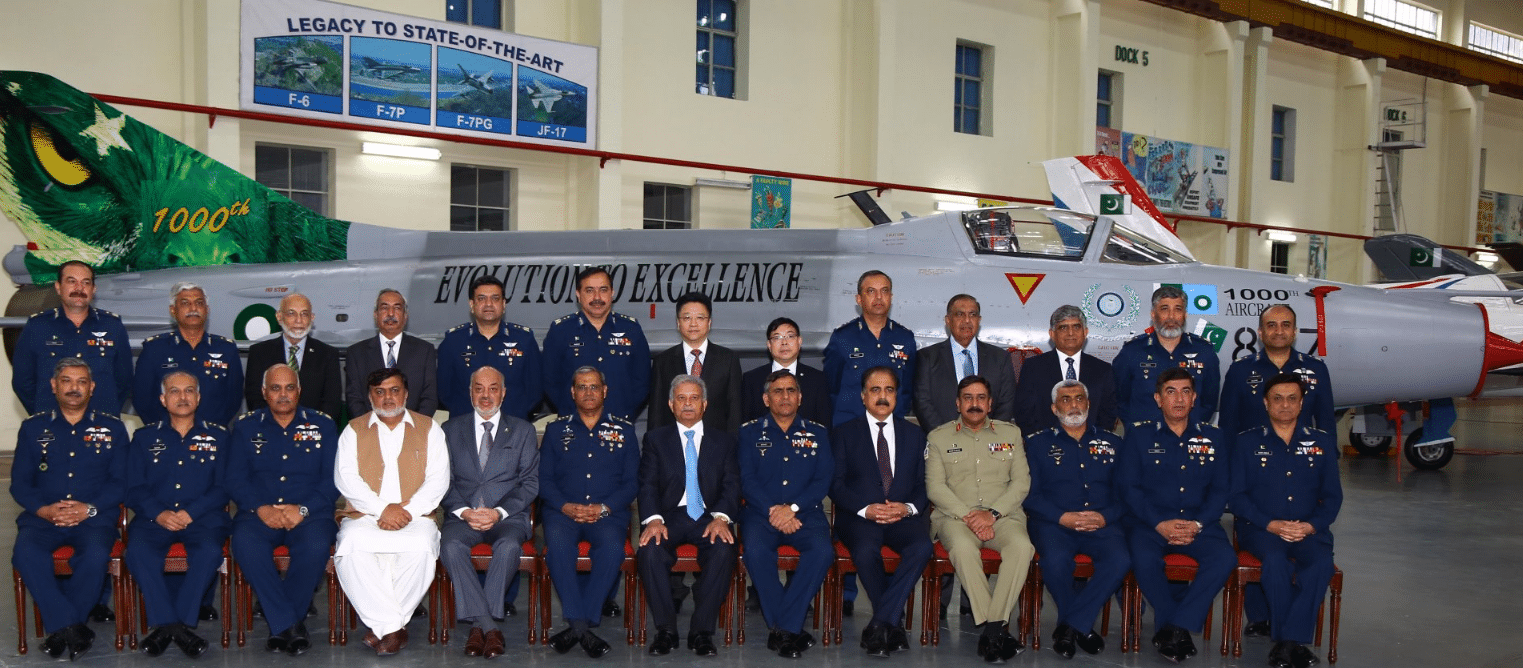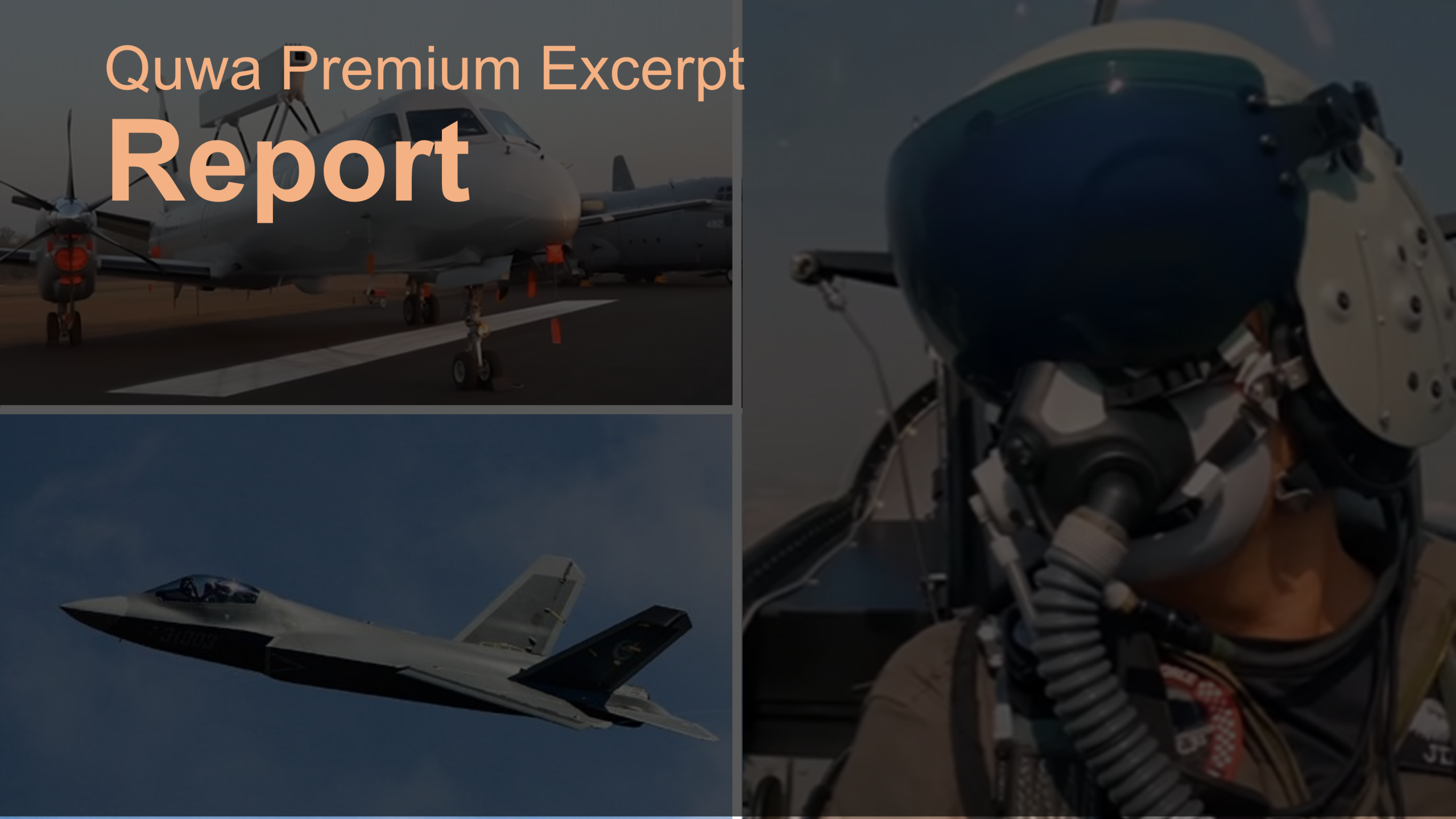Pakistan Aeronautical Complex (PAC) successfully overhauled its 1,000th aircraft, a Pakistan Air Force (PAF) Chengdu F-7P.
Celebrating the event, the PAF Chief of Air Staff (CAS) Air Chief Marshal (ACM) Sohail Aman stated that PAC’s activities “not only saved valuable foreign exchange but also enabled Pakistan to emerge as a self-reliant country in the field of aviation.”
ACM Sohail Aman also lauded Pakistan’s defence relationship with China, which is fulfilling a core role in advancing the JF-17 Thunder multi-role fighter. The PAF currently operates more than 70 JF-17s in five fighter units, with Kamra-based No. 14 being the latest squadron to take on the Thunder.
The Minister of Defence Production (MoDP), Rana Tanveer Hussain, reminded the PAF and PAC that the defence industry needs the involvement of the country’s academic and research base in order to progress.
In his speech, the PAF CAS added that PAC’s future rests in the manufacturing of fifth-generation fighters and the development of active electronically-scanned array (AESA) radars.
Notes & Comments:
This is a critical period for PAC. First, it is principally responsible for the PAF’s JF-17 program, which is now switching towards forming the Block-III, which could enter production in 2019. Besides production, PAC is also leading the maintenance, repair and overhaul (MRO) activities of the Thunder. PAC had been in talks with Klimov to bring an MRO plant for the JF-17’s powerplant, the RD-93 turbofan engine.
Second, with a growth in sales, the Super Mushshak trainer has a bigger-than-anticipated project, one that PAC is adapting in order to meet demand. Other areas of near-term interest could include replacing the PAF’s aging T-37 Tweet trainers, new unmanned aerial vehicle (UAV)-related work, and the Pakistan Army’s pending attack helicopter program.
ACM Sohail Aman’s statements about next-generation fighters and radars indicate that the PAF’s next-generation programs could take-on momentum in the near-term. Several steps, most notably the Kamra Aviation City initiative, have already been taken to form the foundation of the program. In fact, the City’s post-graduate (Masters and PhD) engineering programs will commence from April 2017.
It is not known if the PAF will sign onto an existing next-generation fighter program, such as the Shenyang FC-31, or if it will pursue an original design.
The mentioning of radars would allude to an expanded role for PAC’s Avionics Production Factory, which produces Grifo-7 and KLJ-7 components – and other subsystems – under license. It would be reasonable to assume that license and/or co-production active electronically-scanned array (AESA) radars for the JF-17 Block-III will take place. However, investment in other locally-built AESA radar applications, such as air defence radars, could also be an area of interest for the PAF. This may be a route for replacing the legacy Siemens Mobile Pulse-Doppler Radar (MPDR), the PAF’s mainstay low-level radar system.




